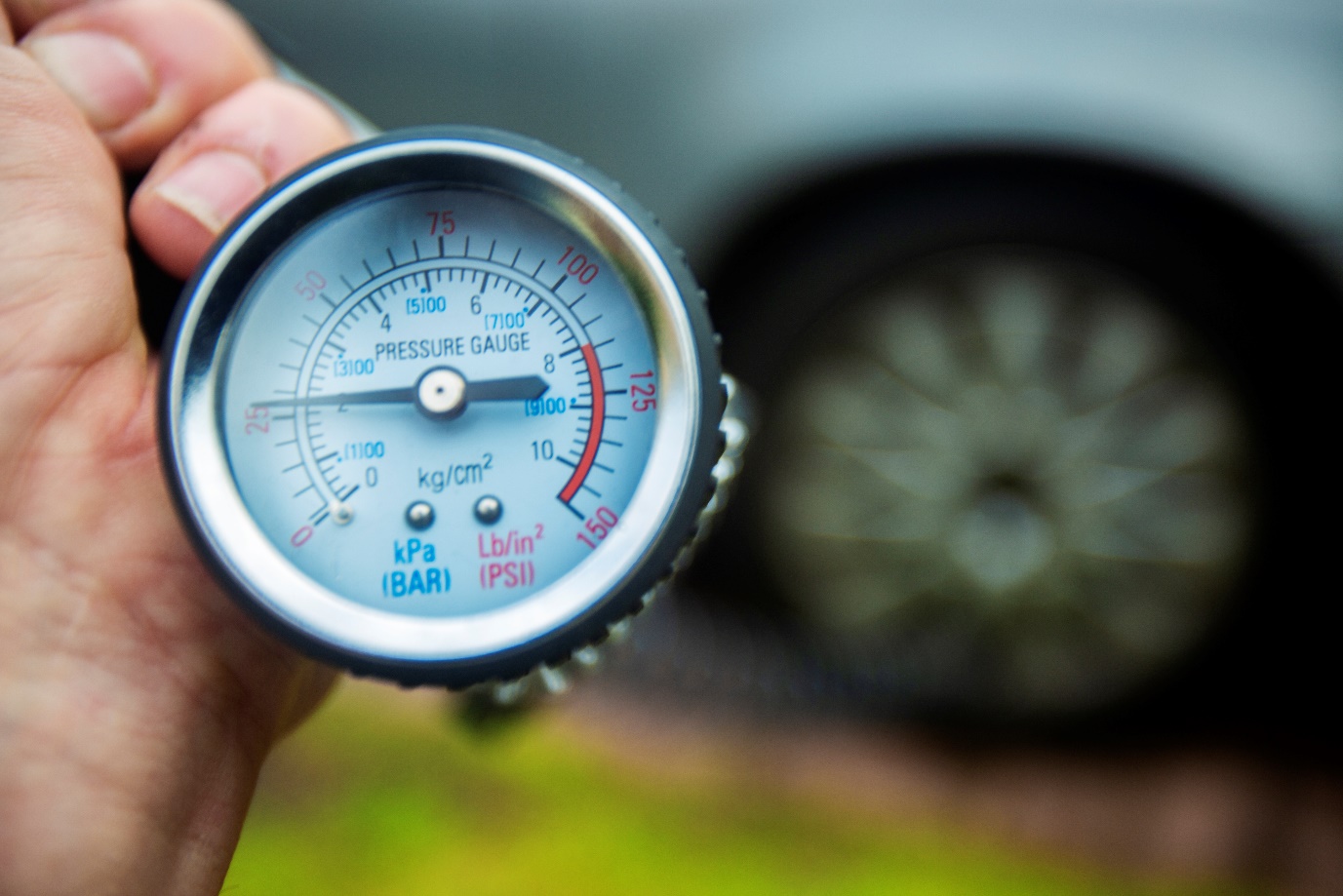

Meganewton per square centimeter -> millitorrs. Newton per square inch -> gram force per square centimeter. Kip force per square inch -> short ton per square foot. Meter of air 15☌ -> kilogram force per square meter. Newton per square millimeter -> poundal per square meter. Psi -> meganewton per square centimeter. Random PRESSURE units pound force per square meter kilogram force per square foot psi poundal per square meter bars hectopascals micrometer of mercury short ton per square foot kip force per square inch nanopascals (Psi) to (Bars) conversions In relation to the base unit of => (pascals), 1 Psi (psi) is equal to 6894.7572932 pascals, while 1 Bars (bar) = 100000 pascals. The base unit for pressure is pascals (Non-SI Unit)ġ x 0.068947572932 bar = 0.068947572932 Bars.Īlways check the results rounding errors may occur. Transcribed image text: Convert a pressure of 32.0 psi to bar and feet of water (ft H,0). Although the Pascal is used more in the scientific context, PSI is used more day-to-day. From tire pressure to gas pressure and quite a few others. The system came into use in England about 1300 and was used primarily in the international wool trade.Ĭurrent Use: PSI is used worldwide to measure a lot of pressures. psi can be converted into bar pressure units manually using the following calculation: 00 pascals (Pa). Calculate a few values of and make a sketch of the wave at t 0, taking a 25 m2 and b 9.0 s2. It is based on the avoirdupois system, a system that uses weights in terms of the avoirdupois pound, which was standardized in 1959. ptional): Given the traveling wave (1,t) 5.0 exp (ax2 bt2 2 abxt), determine its direction of propagation. PSIG: Bar: Note: Fill in one box to get results in the other box by clicking 'Calculate. Suppose at the sea level, the atmosphere pressure is standard atmosphere, which is 14.7 PSI, so. History : This unit finds its history in the imperial and American system of units of measure. PSI Gauge is the pressure from gauge, it equals PSI Absolute + 1 atmosphere pressure. One PSI is approximately 6.895 Pascal (N/m2). It is defined as the pressure created when a force of one pound-force is applied to a surface of one square inch. The consumption depends on the nozzle it does not depend. To determine the consumption of air with abrasive, click the nozzle (internal diameter) you are using and drag the slider to specify the air pressure. Standard Machines - Direct Pressure Nozzles. To be able to do this anyway, an average approximation is always used.ĭefinition : A PSI is a unit used worldwide. 0.1 bar 1.45 psi: 0.2 bar 2.9 psi: 0.3 bar 4.35 psi: 0.4 bar 5.8 psi: 0.5. Because it is not the same everywhere, you cannot simply apply a conversion factor to convert PSI to Pa or bar. The pressure that a Pound delivers depends on gravity which is not the same everywhere on earth. Example: convert 15 psi to bar: 15 psi 15 × 0.0689475729 bar 1.034213594 bar. PSI (Pound per square inch - lbf/in2 ): The pound per square inch or, more accurately, pound-force per square inch (symbol: lbf/in2. The PSI is an American unit and stands for Pounds per Square Inch. 1 atmosphere is therefore 1013 millibars and 1013 hectopascals. In this case, 1 millibar is exactly equal to 1 hectopascal. 
Air pressure is also regularly expressed in millibars or hectopascals. The atmosphere corresponds more closely to the average air pressure at sea level, and is defined as follows: 1 atm = 101.325 Pa so just over 1 bar. Meteorologists and weather forecasters worldwide use this unit, as an expression in Pascal would lead to much longer numerical results.

Where atmospheric pressure equals 1013.25 mbar (101.325 kPa). Millibars (symbol: MB) is also commonly used to describe atmospheric pressure.
#Psi to bar free#
The International Bureau of Weights and Measures, while indicating that authors are free to use bar, has not included it in the permitted list of the SI. The term “bar” comes from the Greek word “baros,” meaning weight.Ĭurrent usage : Although bar is the unit of pressure, it is not accepted by the International System of Units (SI) and is even disapproved in some areas. History: Bar was once introduced by Vilhelm Bjerknes, a Norwegian meteorologist who was at the forefront of modern weather forecasting. The bar is defined as 100,000 Pa, or 100 kPa. The bar is originally a British unit, and 1 bar roughly corresponds to the average air pressure at sea level (although 1 atmosphere (atm) is a better description). However, Pascal is not the only unit used for pressure:







 0 kommentar(er)
0 kommentar(er)
